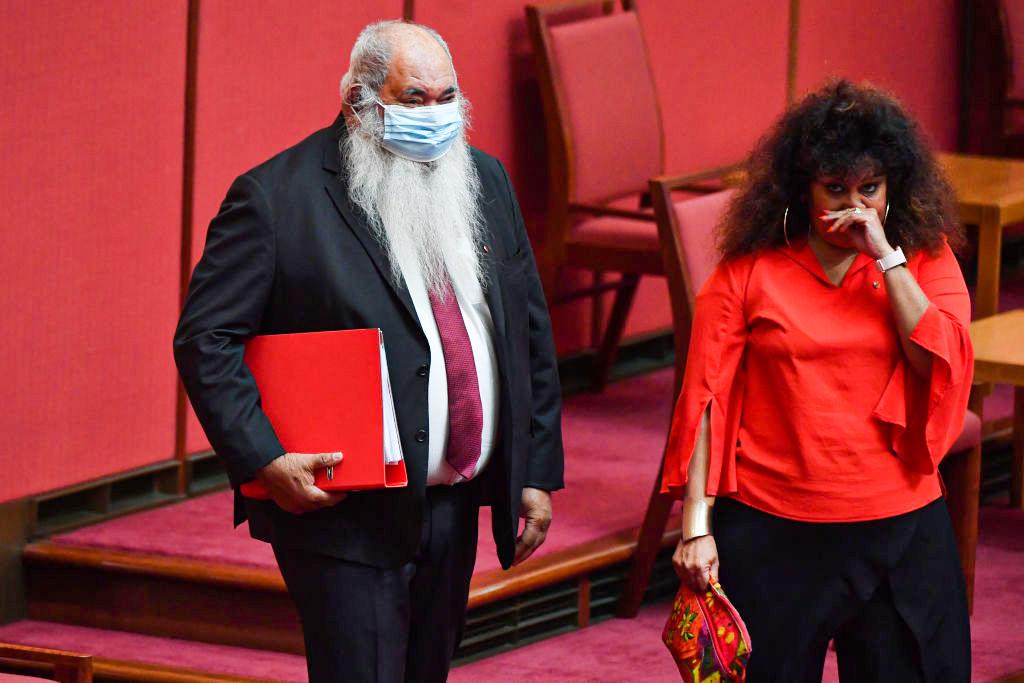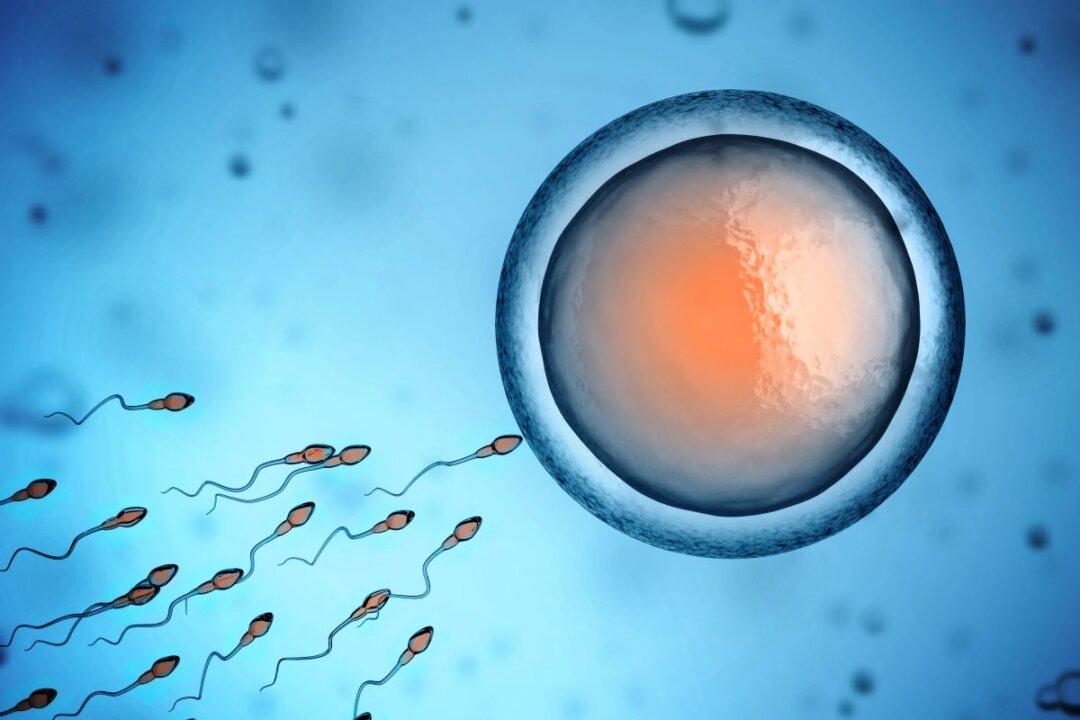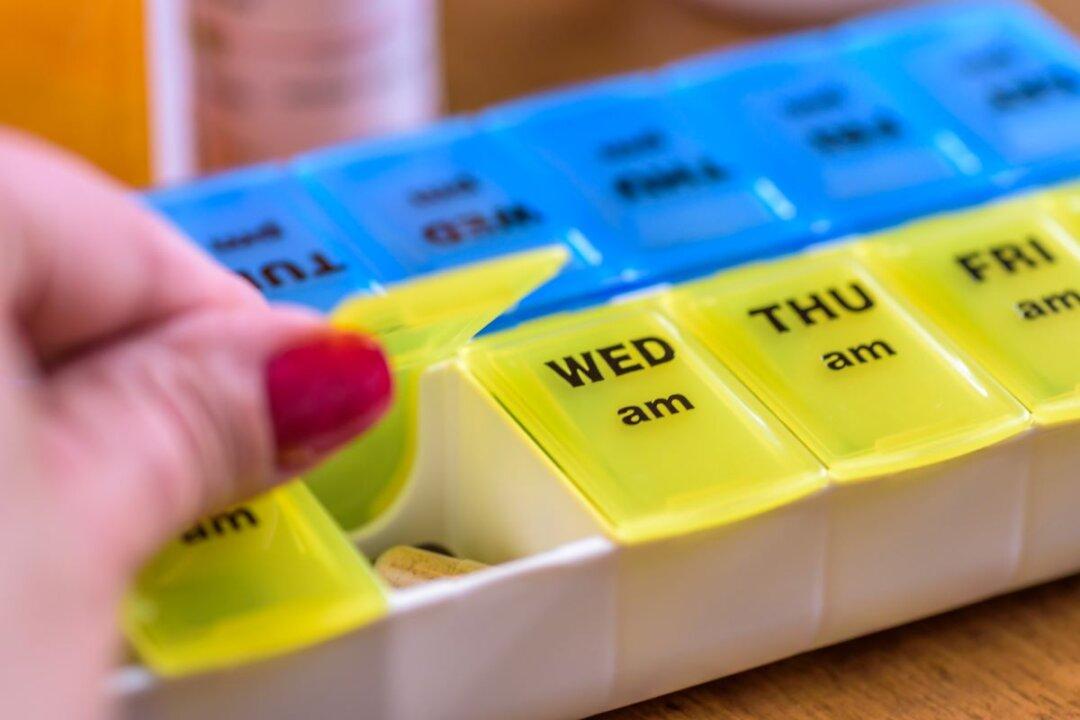The Australian Department of Health has responded to allegations by NT Senator Malarndirri McCarthy that poor communication by the Federal Government early in the pandemic is responsible for the low vaccination rates in many remote Aboriginal communities.
This comes on the back of comments the Labor senator made earlier in the week that she believes a communication misstep in the federal vaccination rollout allowed for misinformation from social media to overtake the government’s vaccination messaging.





